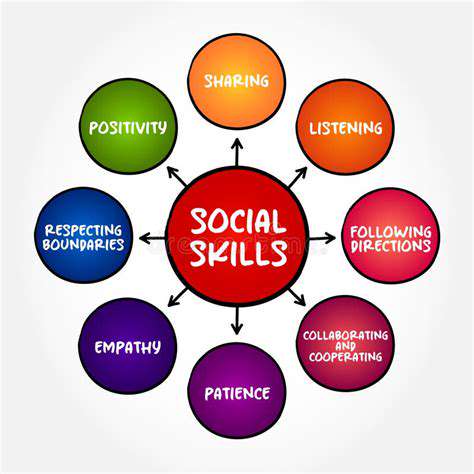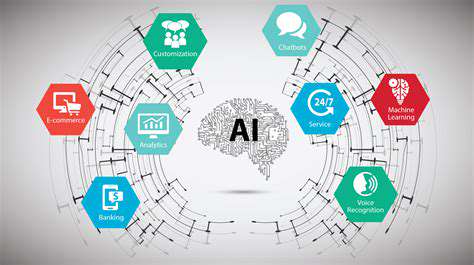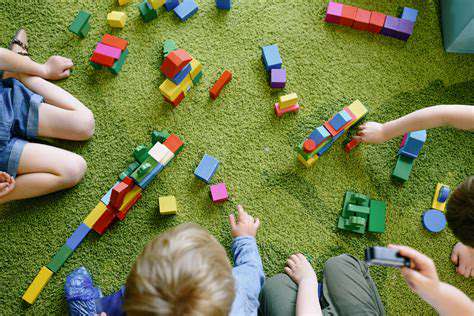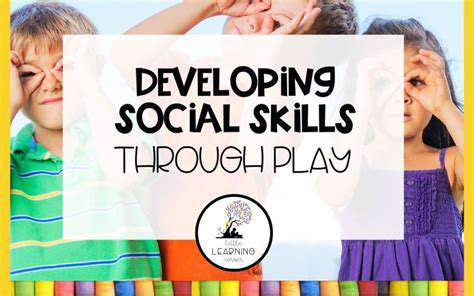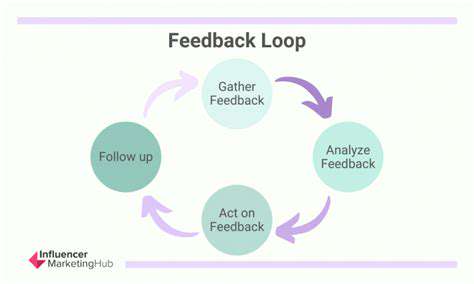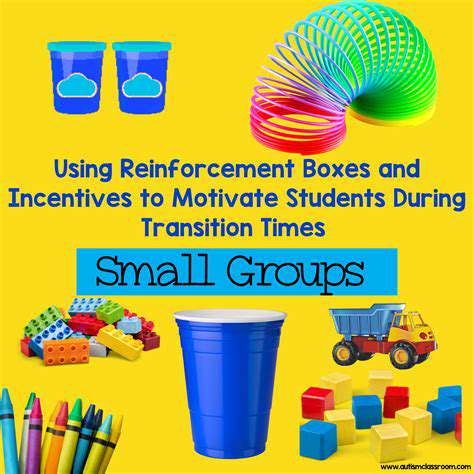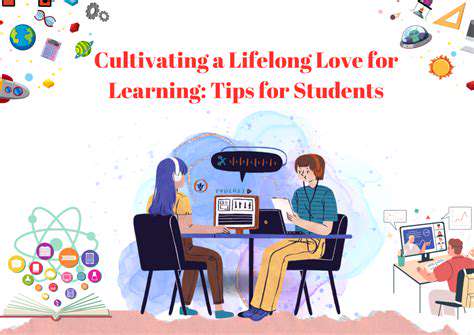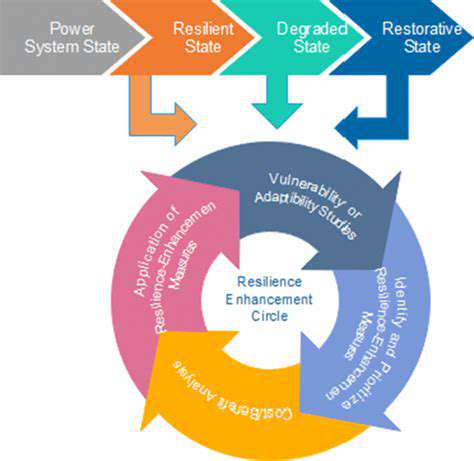Empowering Kids to Problem Solve: Practical Strategies
Providing Opportunities for Hands-on Experiences
Hands-on Learning Fosters Critical Thinking
Encouraging hands-on learning activities is crucial for developing critical thinking skills in children. These experiences allow kids to actively engage with concepts, rather than passively receiving information. Through trial and error, experimentation, and problem-solving, children develop a deeper understanding of the subject matter and build confidence in their ability to tackle challenges. Hands-on activities create a dynamic learning environment where curiosity is nurtured, and a love for learning is ignited. This active participation translates to improved comprehension and retention, ultimately strengthening their cognitive abilities.
Experiential learning allows children to connect abstract ideas to tangible objects and real-world scenarios. This connection makes learning more meaningful and memorable. For example, a science experiment involving mixing different liquids provides a concrete illustration of chemical reactions, which can be difficult to grasp through simply reading about them. This type of exploration also fosters creativity and innovation as children develop their own methods for approaching problems and finding solutions.
Real-World Applications Build Practical Skills
Connecting learning to real-world applications is essential for empowering children to apply their knowledge in practical situations. Providing opportunities for hands-on projects that have a tangible impact, like building a model bridge or designing a sustainable garden, allows children to see the direct relevance of their learning. This practical application helps solidify concepts and fosters a sense of purpose behind their studies.
Furthermore, hands-on experiences often involve collaboration and teamwork. Working together on a project, whether it's creating a play or building a structure, provides valuable opportunities for children to develop social skills, communication abilities, and leadership qualities. This collaborative environment promotes respect, empathy, and a sense of shared responsibility – all crucial life skills. The development of these skills within a hands-on setting equips children with the tools they need to navigate complex situations and work effectively within teams.
Hands-on activities don't just enhance practical skills; they also promote resilience. When faced with challenges during a project, children learn to persevere, adapt their strategies, and seek solutions. This experience with setbacks and problem-solving builds crucial character traits that will serve them well throughout their lives. The iterative process of trial, error, and refinement is integral to this learning process and equips them to tackle future challenges with greater confidence.
By incorporating a range of hands-on activities, educators and parents can foster a love for learning, build critical thinking skills, and cultivate essential life skills in children. This approach to education empowers them to be active learners, creative problem-solvers, and well-rounded individuals prepared to thrive in the complex world around them. It's a far more effective and engaging way to learn than passively receiving information.
